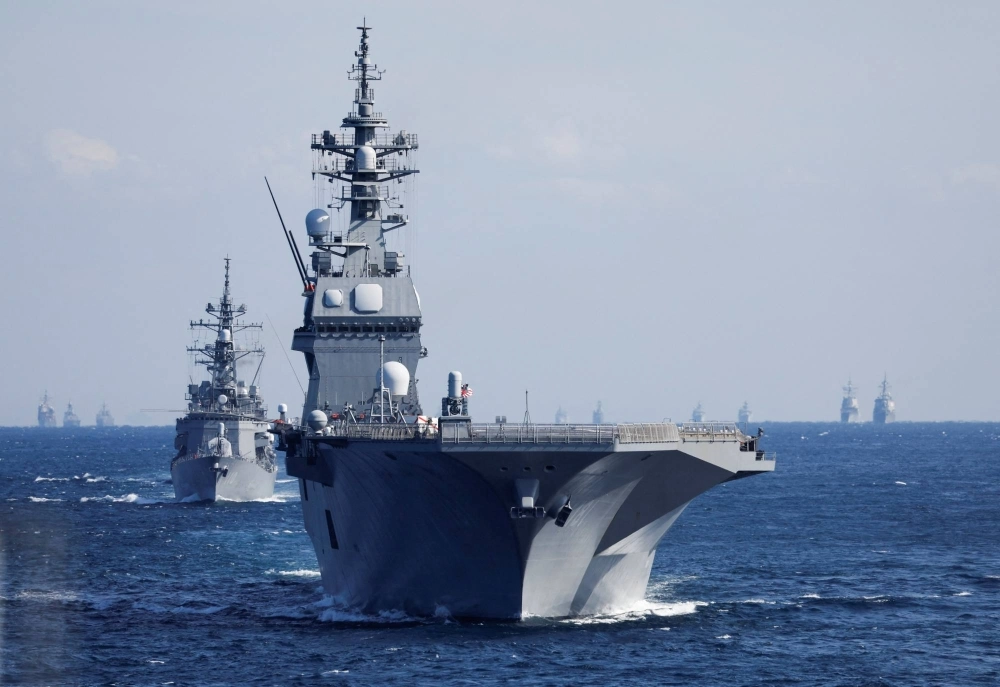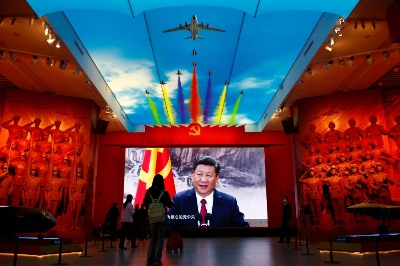The Defense Ministry said Thursday that it is seeking its largest ever budget — more than ¥7.7 trillion — as Japan looks to revamp the Self-Defense Forces with a new joint headquarters to command its three branches, two new Aegis-equipped destroyers and a munitions stockpile that will allow the country to fight a protracted conflict.
The budget request, a roughly 12% hike over the record ¥6.82 trillion last year, signals that Japan remains committed to following through on historic defense reforms instituted in December amid the war in Ukraine and growing security threats from China and North Korea.
Last year, Prime Minister Fumio Kishida instructed his government to aim for a defense budget equal to 2% of gross domestic product by 2027, using the country’s new National Security Strategy (NSS) and National Defense Program to outline a five-year spending plan of around ¥43 trillion ($315 billion).



















With your current subscription plan you can comment on stories. However, before writing your first comment, please create a display name in the Profile section of your subscriber account page.